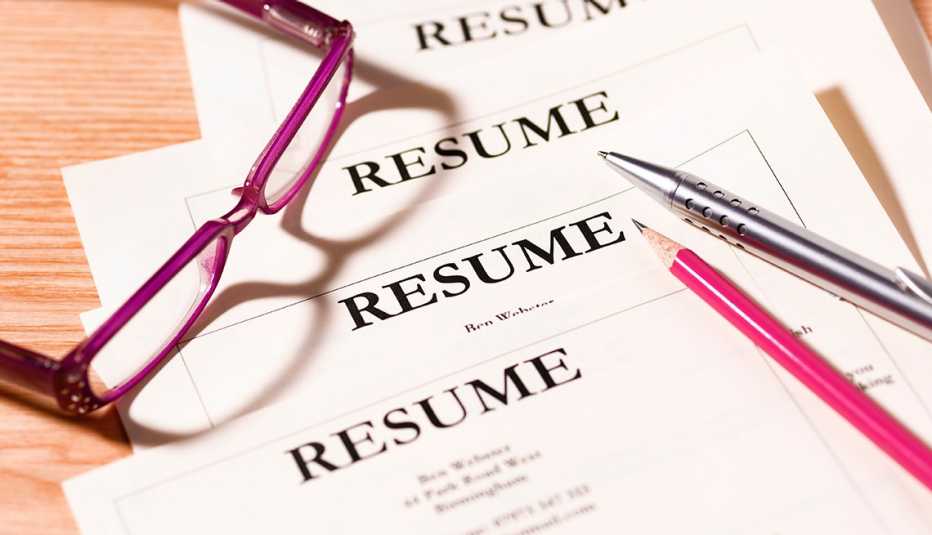Staying Fit
When it comes to promoting your career and accomplishments, it’s hard to beat LinkedIn. As a go-to social media platform for business professionals, LinkedIn can help you build your network, showcase your experience and expertise, and land a new job. According to the company’s research, more than 3 in 4 people who recently changed jobs used LinkedIn to shape their decision.
But what makes a strong profile? These tips from LinkedIn experts can help make your profile stand out from the pack.


AARP Membership— $12 for your first year when you sign up for Automatic Renewal
Get instant access to members-only products and hundreds of discounts, a free second membership, and a subscription to AARP the Magazine.
1. Make a great first impression
Ask people about the most important part of your profile, and some might say the headline while others will point to the photo. But LinkedIn expert Sandra Long, author of LinkedIn for Personal Branding: The Ultimate Guide, says it’s the entire “first impression” section, which is also called the “introduction card.” This section includes items like your name and profession, but she advises paying particular attention to your:
- Timeline photo: This is an often-overlooked part at the very top of the profile, Long says. Without a photo, this section is a graphic with shades of gray that can make it look drab. Use this section to add a photo that indicates your line of work or your interests. Show your place of business (if your jobs permits you to), appropriate hobbies or something else that gives people an idea of who you are.
- Head shot: It may be tempting to pull a photo from a decade or more ago. But Long says it’s important that your photo be current. “If it’s been 20 years, our weight changes, our hair changes, our glasses have changed, right?” she says. You want hiring managers and recruiters to recognize you when you meet them. While you may have concerns about age bias, profiles that have photos tend to attract more attention from recruiters. Usually, a head shot from the shoulders up works best. If you can invest in a professional shot, Long says that’s a good idea, too.
- Headline: Immediately under your name, you have a 220-character headline to explain what you do or what you want to accomplish on LinkedIn. The LinkedIn Talent Blog has some good examples of the different ways to approach headlines.
2. Use your summary smartly
Your LinkedIn summary is heavily weighted in the formula the platform uses to help recruiters find you in their searches, so it’s a good opportunity to boost your visibility, says career coach and LinkedIn consultant Debra Boggs. You have roughly 2,000 characters to showcase your experience, skills and other reasons you’re the right job candidate or professional contact. Boggs emphasizes writing the entry in the first-person point of view, not third person, to sound more engaging. Use keywords that match the opportunities you’re seeking. And “anything that kind of adds a little bit of personal flair to it is important,” she says. Use short sentences and concise paragraphs to make your profile easier to read on mobile devices.
Executive résumé writer and LinkedIn expert Donna Svei also recommends highlighting exceptional testimonials and quotes about your work in this section. “Don’t rely on a reader scrolling to the bottom of your profile to find them,” she says.




































































